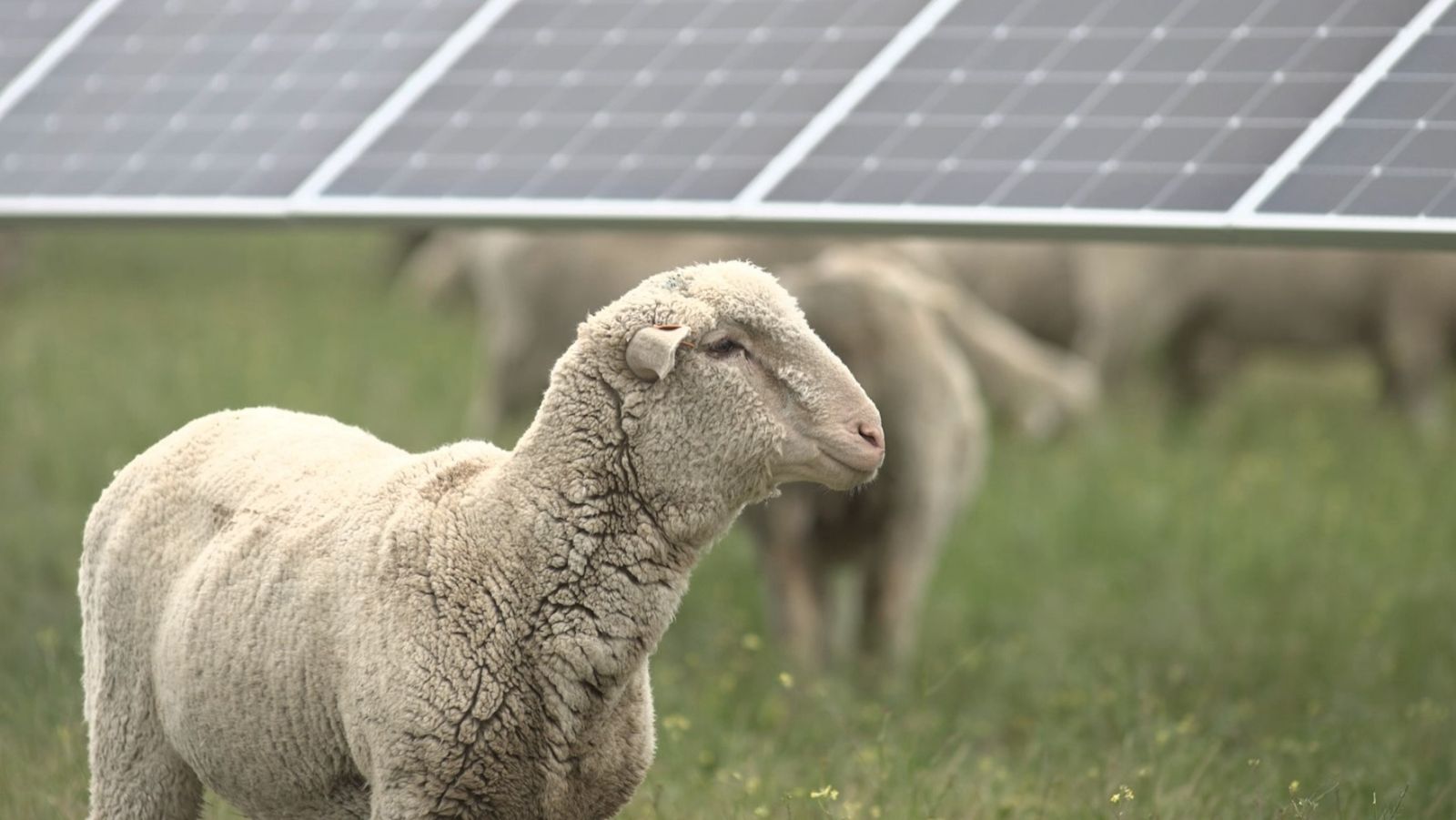Avangrid Begins Largest Solar Grazing Operation in the Pacific Northwest
Avangrid, Inc. (NYSE: AGR), a leading sustainable energy company and member of the Iberdrola Group, has partnered with a fifth-generation Oregon rancher to graze sheep at two solar farms in Oregon and Washington, and launched the largest “solar grazing” operation in the region. Solar grazing is a vegetation management method used at solar energy facilities that uses grazing livestock, like sheep, instead of machinery. Sheep are effective at limiting the growth of weeds and vegetation, cutting down on wildfire risks while replacing the use of gas-powered machines.

Avangrid began this effort last year with a pilot project at Pachwáywit Fields, Oregon’s largest operating solar farm located in Gilliam County that serves Portland General Electric’s Green Future Impact participants. PGE Green Future Impact program is designed to help large commercial, industrial and municipal customers meet their ambitious sustainability and carbon reduction goals.
By the Spring, Avangrid expanded the pilot into a full solar grazing operation at Pachwáywit Fields. Avangrid also launched a similar operation at its Lund Hill solar farm in Klickitat County, Washington, the state’s largest operating solar facility. At the peak in the spring, there were more than 5,000 sheep spread across both facilities.
“Avangrid is one of the most sustainable companies in the world and this is yet another example of our hardworking teams taking an innovative approach to solving complex problems,” said Pedro Azagra, Avangrid CEO. “These sheep are not only a more environmentally friendly solution to manage the vegetation, but help us support the local community and contribute to a circular economy in the Pacific Northwest.”
The sheep at these sites belong to Cameron Krebs, a fifth generation Oregon rancher, who sells wool and lamb. Krebs and his family have partnered with Oregon-based Pendleton Woolen Mills for more than a century, providing wool fiber to the mill and clothing manufacturer.
“There has been a significant learning curve, but it is fascinating to watch the sheep learn to expertly move under and around the solar panels to eat the vegetation,” said Krebs. “They are consuming four to five pounds of dry matter per day. Another way to think about that is they are consuming four to five pounds of carbon and turning it into food and fiber, or returning it to the soil naturally. By reducing the total vegetation on site, we’re significantly reducing the fuel load and fire danger as we move into the hot, dry summer.”
“They are constantly eating,” said Dustin Ervin, Avangrid’s senior solar manager for Oregon and Washington. “The sheep maneuver around our solar panels better than the large mowing equipment we used in the past, and they eat right up to the panel arrays. We are proud to have taken this from concept to reality and I look forward to seeing how renewable energy companies begin to forge sustainable partnerships like what we’ve built with Cameron.”
“We are proud to work with local communities, businesses and companies like Avangrid to continue to find ways to provide clean energy to our customers while benefiting Oregon,” said Taylor McAllister, product specialist at PGE.
“Creating world class products starts with healthy sheep providing the best wool possible,” said Keith Stonelake, wool buyer for Pendleton Woolen Mills. “The Krebs family has been one of our trusted wool growers for nearly 100 years and we are thrilled by the partnership between the Krebs’ and Avangrid.”
Avangrid will continue to utilize sheep at both Pachwáywit Fields and Lund Hill for the foreseeable future, managing the vegetation during peak growing seasons in the spring and fall. The Company is considering opportunities to expand solar grazing at other solar facilities within its portfolio.
Avangrid | www.avangrid.com










.png?r=9885)

